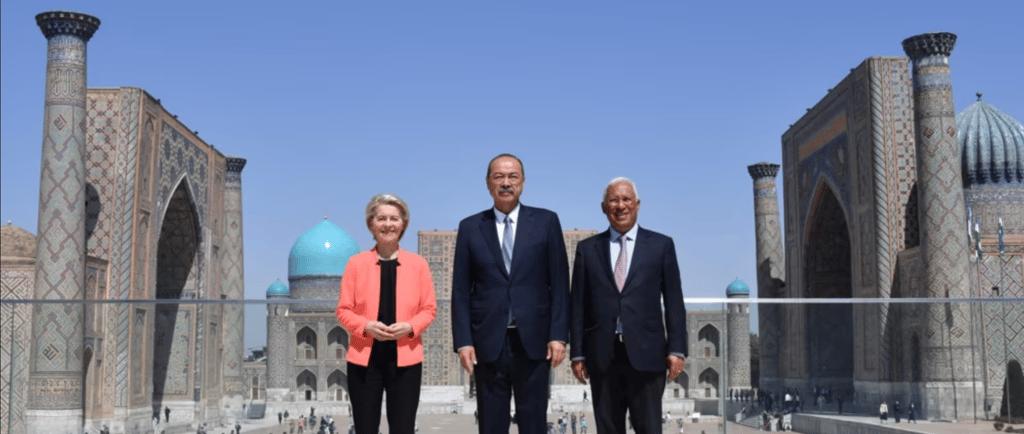Uzbekistan: A Turning Point for EU-Central Asia Relations at the Samarkand Summit
The historic summit between the European Union and Central Asian states in Samarkand, Uzbekistan, established a new strategic partnership focused on economic and security cooperation. Will these structural mechanisms effectively transmit benefits to both regions, or will unforeseen challenges undermine this ambitious cooperation?
EUROPEAN UNIONUZBEKISTAN
Nurila Nursalimova
6/20/20253 min read


Last week, leaders of the European Union and the five Central Asian countries convened for the first summit in Samarkand, Uzbekistan.
Hosted by Shavkat Mirziyoyev, President of Uzbekistan, Central Asian states were represented by the President of Kazakhstan, Kassym-Jomart Tokayev, the President of Kyrgyzstan, Sadyr Japarov, the President of Tajikistan, Emomali Rahmon, and the President of Turkmenistan, Serdar Berdimuhamedov. The European Union was represented by the President of the European Council, António Costa, and the President of the European Commission, Ursula von der Leyen.
During the EU-Central Asia summit, leaders discussed joint efforts on strengthening cooperation in several key areas: transportation, trade and investment, energy transition, green economy, climate change, water management, agriculture, critical raw materials, security, and digital development. Based on the implementation of current and future bilateral Enhanced Partnership and Cooperation Agreements (EPCAs), the EU and Central Asia are willing to shape a future of a strategic partnership. Accordingly, the summit’s motto is “Investing in the future”.
“Today marks the beginning of a new chapter in our partnership. We are elevating our ties for a strategic level, reflecting the vast potential ahead. The EU is a reliable partner for Central Asia. This summit is not a destination but a journey,” states António Costa, President of the European Council.
The EU has already signed a bilateral partnership deal with Kazakhstan and Kyrgyzstan. This year, the EU will sign it with Uzbekistan. In 2026, they will sign it with Tajikistan. Talks with Turkmenistan are being conducted. Indeed, the European Union is the region’s second-largest trading partner (after China), accounting for 22.6% of Central Asia’s total foreign trade in 2023. It is also the largest source of foreign investment, responsible for over 40% of the region’s total inflows.
In 2022, the EU launched a €12 billion Global Gateway investment package for the Central Asia region and committed to enhancing digital and sustainable transport connectivity, facilitation of European investment, and technological development in critical law material areas. This package has four priorities.
The main priority is transport. The goal is to bring Europe and Central Asia closer. The main flagship project is the Trans-Caspian International Transport Route (TITR), where the European Union is investing 10 billion euros. The Trans-Caspian International Transport Route (TITR), also known as the Middle Corridor, is a multimodal trade route connecting Europe and Asia, primarily through Central Asia and the Caucasus. It bypasses traditional routes through Russia and Iran, gaining strategic importance due to geopolitical shifts, particularly since the 2022 conflict in Ukraine. The corridor leverages rail, Caspian Sea, and road networks to facilitate the movement of goods.
The second element is climate, energy, and water. This is crucial for protecting the land, nature, and climate. The EU is building gigantic dams, the Roghun Dam in Tajikistan and the Kambarata Dam in Kyrgyzstan, to support the Central Asia region’s water and energy security, and creating a new green belt in the Aral Sea basin for the desert to bloom with life again.
The third topic is digital development. The European Union is partnering to deliver satellite internet to the most remote areas of Central Asia, recognizing that access to the internet brings many opportunities. When connectivity reaches a school or village, it opens the door to education, innovation, and development. Therefore, the EU aims to connect remote villages, schools, hospitals, and other essential institutions. For instance, together with digital satellites, the EU and Kazakhstan have already reached 328 villages and 2000 schools with the internet.
The final fourth priority is the critical raw materials to power the clean transition and the clean economy of tomorrow. Central Asia has a significant share of global reserves, and Europe wants to give a fair special offer. As partners, the EU and Central Asia want to build local value chains for the critical minerals, not merely purchase raw materials. This is vital for generating local employment and upholding high environmental and social standards. Additional EU funding will be directed toward green energy projects and improvements to Uzbekistan’s water infrastructure.
“These investments will benefit us both. Because when our partners grow and prosper, Europe does too,” says Ursula von der Leyen, President of the European Commission.
Besides, the EU and Central Asia face shared security challenges and are prepared to intensify efforts through a regular security dialogue, expressing their commitment to regional and global stability, particularly in Afghanistan and Ukraine. As well as promoting, supporting, and protecting human rights.
The historic EU-Central Asia summit in Samarkand marked a turning point in the relationship between the two regions. By aligning on key priorities, leaders laid the foundation for a long-term strategic partnership built on mutual respect and a goal of sustainability.


